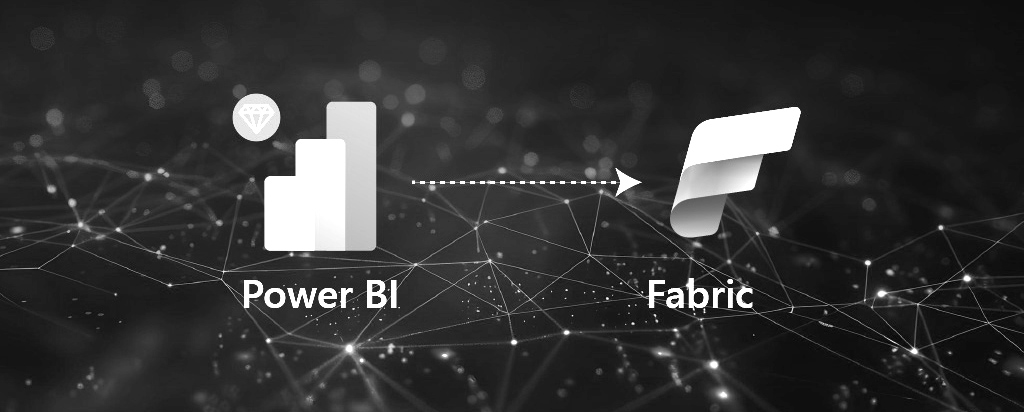Power BI P-SKU vs. Fabric F-SKU: A Detailed Comparison
Power BI P-SKU vs. Fabric F-SKU: A Detailed Comparison
The retirement of Power BI Premium per-capacity SKUs (P-SKUs) and the transition to Microsoft Fabric capacity SKUs (F-SKUs) represents one of the most significant shifts in the Microsoft data and analytics landscape. While Power BI remains a core component, its integration into the broader Fabric ecosystem changes how capacity, performance, and costs are managed. This article breaks down the key differences to help you understand what this transition means for your organization.
Architectural Shift: From Dedicated BI to a Unified Platform
The fundamental difference lies in the scope of the platform.
-
Power BI Premium (P-SKU): This was a dedicated capacity reservation exclusively for Power BI workloads. It provided dedicated resources for running reports, dashboards, and datasets, keeping them isolated from other Azure services.
-
Microsoft Fabric (F-SKU): This is a unified, SaaS-based analytics platform. An F-SKU provides a shared pool of computational resources, measured in Capacity Units (CUs), that can be used across all Fabric experiences: Data Factory (data integration), Synapse Data Engineering, Synapse Data Science, Synapse Data Warehousing, Real-Time Analytics, and Power BI.
This shift means you are no longer buying capacity for just BI; you are investing in a comprehensive, end-to-end data platform.
Licensing and Cost Model: From Silos to Shared Pools
The change in architecture directly impacts the licensing and cost model.
|
Feature |
Power BI Premium (P-SKU) |
Microsoft Fabric (F-SKU) |
|---|---|---|
|
Primary Use |
Dedicated capacity for Power BI workloads only. |
Unified capacity for all Fabric workloads (BI, data engineering, data science, etc.). |
|
Core Concept |
Reserved v-cores for Power BI processing. |
A shared pool of multi-purpose Capacity Units (CUs). |
|
Cost Structure |
Fixed monthly cost based on the P-SKU size (P1, P2, etc.). |
A single, consumption-based pool of capacity. You pay for a reserved F-SKU size (F2, F4, etc.) and can burst capacity or pause it to manage costs. |
|
Storage |
Power BI storage was separate from other Azure data stores like Azure Data Lake. |
Built around a unified data lake, OneLake. Data is stored once in an open format (Delta-Parquet) and accessible by all engines, reducing data duplication and movement. |
|
Flexibility |
Limited. Capacity was locked into Power BI. |
High. Capacity can be dynamically allocated to different workloads. For example, you can use more CUs for ETL jobs at night and more for BI reporting during the day. |
What This Means for You
The transition to Fabric F-SKUs offers greater flexibility and potential for cost optimization. By consolidating all analytics workloads under a single capacity, you can achieve better resource utilization. The key is to understand your usage patterns to select the right F-SKU and manage consumption effectively. This is where an expert partner like Nihilent can provide invaluable guidance, ensuring you maximize performance and ROI in the new Fabric ecosystem.
Most Read
May 28, 2019
Driving Operational Excellence Through Design Thinking
February 11, 2020
The Art of Data Science
June 12, 2019
Financial Inclusion through Digital Diversification





